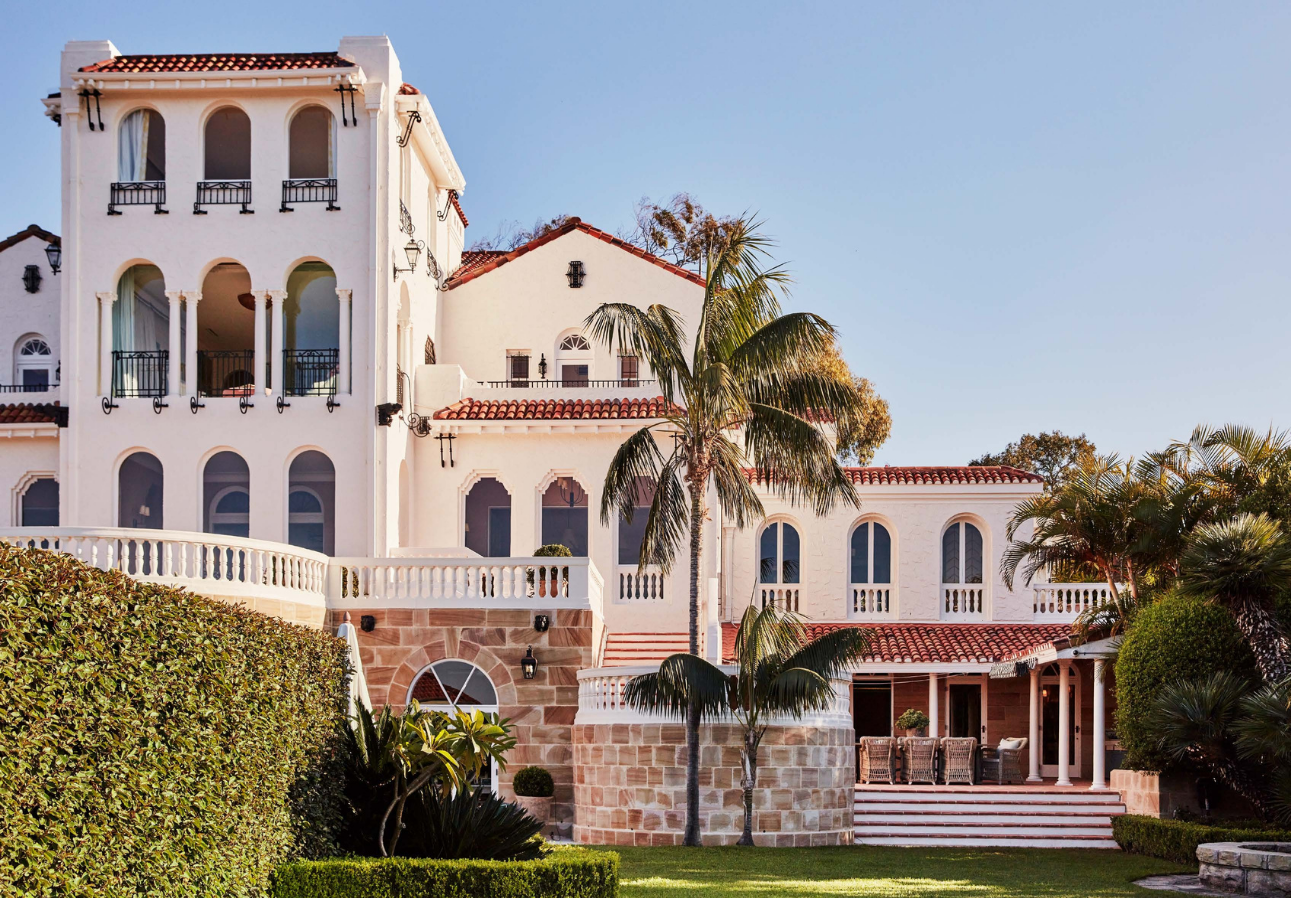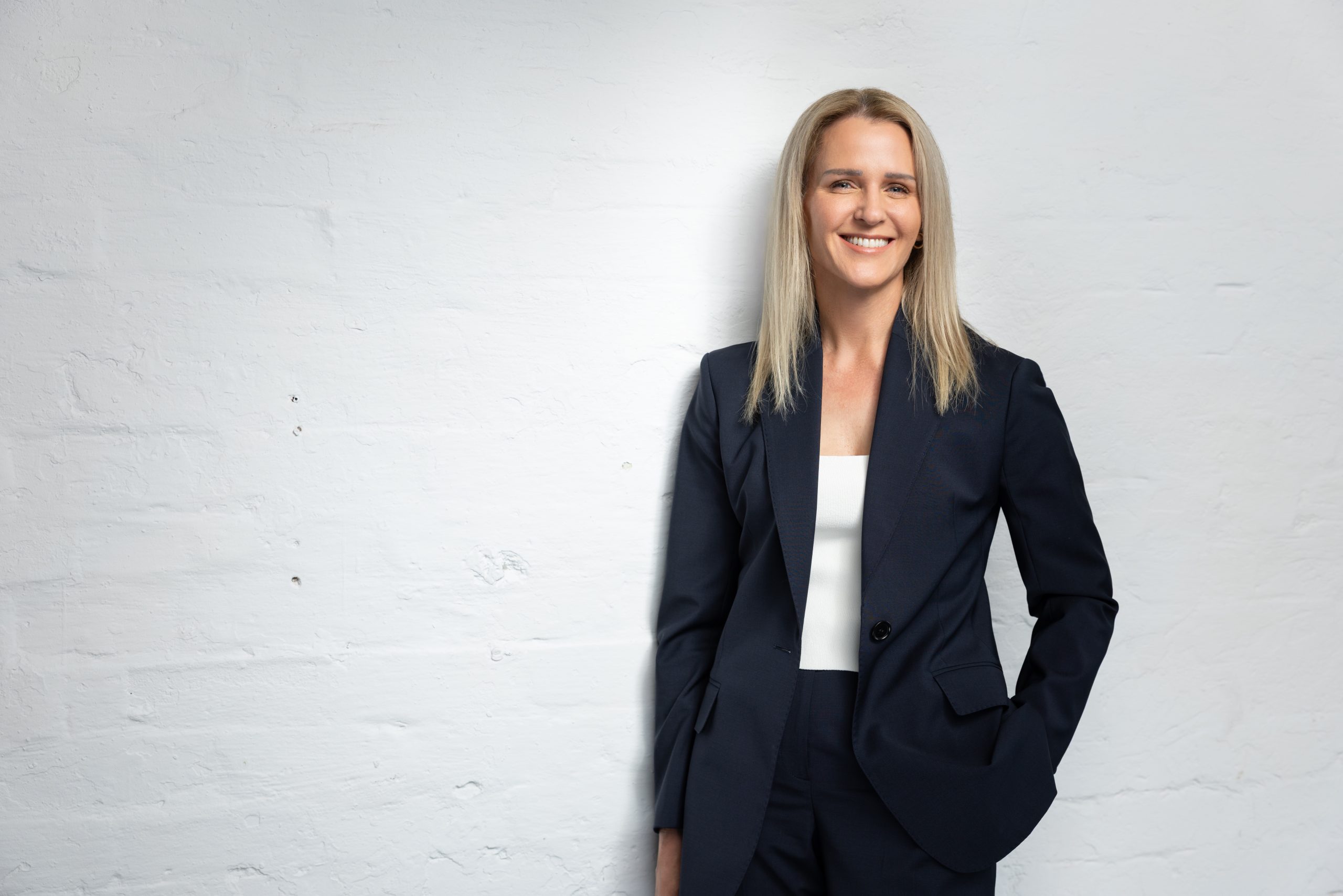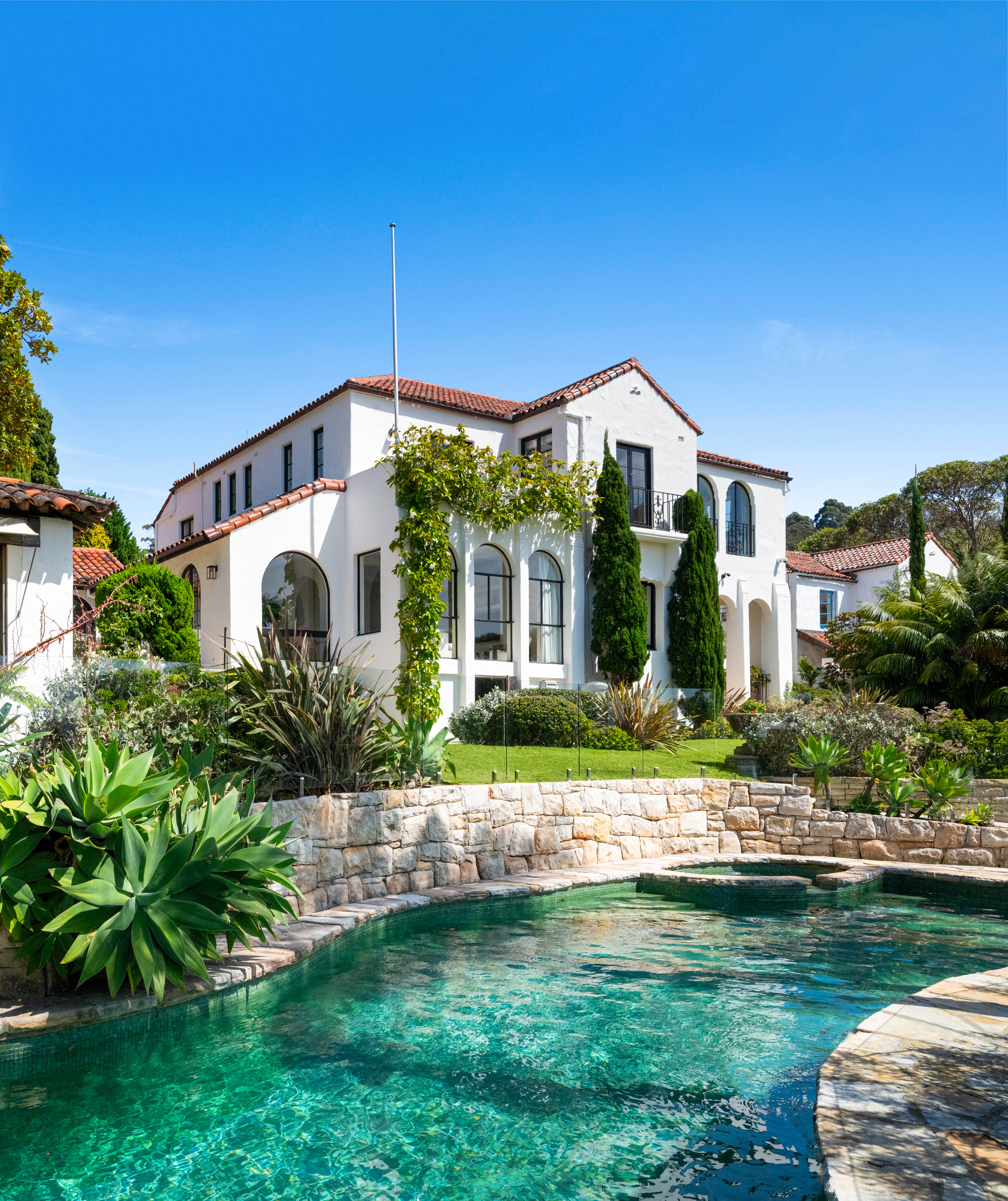SCARCITY AND STATUS DRIVE AUSTRALIA’S HIGH-END PROPERTY BOOM
Despite a volatile year for the broader housing sector, Australia’s luxury market continues to outpace expectations — but not every city is sharing in the spoils.
Australia’s top-tier property market has not only held its ground but surged ahead, outperforming median market trends over the past decade.
According to Ray White’s Luxury Market Report 2025, demand for prestige homes with location, character, and uniqueness has fuelled long-term price growth, with Sydney and Brisbane emerging as key players in the nation’s high-end housing boom.
While the broader property market has faced its share of turbulence, the report reveals that luxury homes, particularly those in tightly held or lifestyle-rich areas, are proving to be recession-proof investments.
Prestige Properties Outperform the Median
Ray White’s data shows that over the past decade, luxury house prices have grown 84%, compared to 70% growth in median-priced houses. Luxury apartments, too, posted significant gains — up 58% over the same period, outpacing the 31% growth seen in median units.
This upward trajectory highlights what affluent buyers have long known: scarcity and quality always command a premium.
“Luxury buyers are motivated by lifestyle and legacy — not just returns,” the report states. “They seek homes with architectural character, privacy, exclusivity and proximity to amenities. And increasingly, they’re willing to pay for uniqueness.”
2023: An Unusual Dip for Luxury
In a rare deviation, 2023 marked the first time in ten years that the median market outperformed the luxury market. This was attributed in part to tighter credit conditions, a cautious global investment climate, and a flight to perceived value in the lower-priced brackets.
But Ray White analysts believe this was a temporary recalibration rather than a trend reversal.
“Across the long-term horizon, prestige continues to outperform,” the report concludes. “The recent dip was more reflective of macroeconomic sentiment than a fundamental shift in demand for luxury.”

Sydney Still Leads — But Brisbane and the Gold Coast Are Rising
Unsurprisingly, Sydney remains the juggernaut, commanding 64% of all national luxury house sales and 51% of unit sales. Harbour views, limited supply and generational wealth underpin its continued dominance.
But perhaps the most compelling story of 2025 is Brisbane’s ascent. For the first time, luxury house and apartment prices in Queensland’s capital have crossed the $1 million threshold, and buyer activity shows no signs of slowing.
Migration from southern states, lifestyle appeal, and the impending 2032 Olympics are all contributing to the city’s new prestige identity.
“Brisbane is no longer the underdog,” the report says. “Buyers from Sydney and Melbourne are increasingly seeing it as a value play — and that’s driving demand for luxury stock.”
The Gold Coast, meanwhile, has quietly expanded its market share in the luxury unit space by 9%, thanks to surging demand from downsizers and international buyers. Waterfront apartments and branded residences are proving particularly hot.
Melbourne’s Prestige Market Contracts
In contrast to the upbeat figures from Queensland and New South Wales, Melbourne has experienced a notable retreat. The city’s share of luxury unit sales has fallen 4%, and luxury house sales have dropped 12%.
While the report stops short of sounding alarm bells, it attributes Melbourne’s cooling to shifting lifestyle priorities, post-pandemic relocation patterns, and ongoing population churn.
“Melbourne’s prestige market isn’t declining — it’s simply being rebalanced,” the report notes. “But with the right architectural product and location, the appetite is still there.”

The New Luxury: Character, Lifestyle, and Privacy
More than ever, luxury buyers are seeking differentiation — properties that offer not just size or finishes, but a distinctive story. Think: heritage homes with contemporary restorations, homes with water access or panoramic views, and penthouses in boutique developments rather than high-density towers.
Homes that stand out are commanding serious premiums — often well above suburb medians — especially in traditionally non-prestige postcodes.
“The days of ‘McMansions’ being considered luxury are over,” the report adds. “Modern buyers want soul, not just square footage.”
The Verdict: Scarcity Drives Value
Whether it’s a terrace in Paddington, a penthouse in Newstead, or a vineyard in the Adelaide Hills, the message from the Ray White Luxury Report is clear: when it comes to high-end real estate, scarcity is king.
As buyers seek long-term value and lifestyle investments, the prestige market is expected to remain resilient, particularly in locations with strong infrastructure, lifestyle appeal, and development restrictions that limit supply.
In a world of economic uncertainty, luxury real estate is increasingly being seen not just as an asset, but as a form of security, both financial and emotional.
Records keep falling in 2025 as harbourfront, beachfront and blue-chip estates crowd the top of the market.
A divide has opened in the tech job market between those with artificial-intelligence skills and everyone else.
The 2026 McGrath Report warns that without urgent reforms to planning, infrastructure and construction, housing affordability will continue to slip beyond reach for most Australians.
Australia’s housing market has reached a critical juncture, with home ownership and rental affordability deteriorating to their worst levels in decades, according to the McGrath Report 2026.
The annual analysis from real estate entrepreneur John McGrath paints a sobering picture of a nation where even the “lucky country” has run out of luck — or at least, out of homes.
New borrowers are now spending half their household income servicing loans, while renters are devoting one-third of their earnings to rent.
The time needed to save a 20 per cent deposit has stretched beyond ten years, and the home price-to-income ratio has climbed to eight times. “These aren’t just statistics,” McGrath writes. “They represent real people and real pain.”
McGrath argues that the root cause of Australia’s housing crisis is not a shortage of land, but a shortage of accessibility and deliverable stock.
“Over half our population has squeezed into just three cities, creating price pressure and rising density in Sydney, Melbourne and Brisbane while vast developable land sits disconnected from essential infrastructure,” he says.
The report identifies three faltering pillars — supply, affordability and construction viability — as the drivers of instability in the current market.
Developers across the country, McGrath notes, are “unable to make the numbers work” due to labour shortages and soaring construction costs.
In many trades, shortages have doubled or tripled, and build costs have surged by more than 30 per cent, stalling thousands of projects.
Need for systemic reform
McGrath’s prescription is clear: the only real solution lies in increasing supply through systemic reform. “We need to streamline development processes, reduce approval timeframes and provide better infrastructure to free up the options and provide more choice for everyone on where they live,” he says.
The 2026 edition of the report also points to promising trends in policy and innovation. Across several states, governments are prioritising higher-density development near transport hubs and repurposing government-owned land with existing infrastructure.
Build-to-rent models are expanding, and planning reforms are gaining traction. McGrath notes that while these steps are encouraging, they must be accelerated and supported by new construction methods if Australia is to meet demand.
One of the report’s key opportunities lies in prefabrication and modular design. “Prefabricated homes can be completed in 10–12 weeks compared to 18 months for a traditional house, saving time and money for everyone involved,” McGrath says.
The report suggests that modular and 3D-printed housing could play a significant role in addressing shortages while setting a new global benchmark for speed, cost and quality in residential construction.
Intelligent homes
In a section titled Weathering the Future: The Power of Smart Design, the report emphasises that sustainable and intelligent home design is no longer aspirational but essential.
It highlights new technologies that reduce energy use, improve thermal efficiency, and make homes more resilient to climate risks.
“There’s no reason why Australia shouldn’t be a world leader in innovative design and construction — and many reasons why we should be,” McGrath writes.
Despite the challenges, the tone of the 2026 McGrath Report is one of cautious optimism. Demand is expected to stabilise at around 175,000 households per year from 2026, and construction cost growth is finally slowing. Governments are also showing a greater willingness to reform outdated planning frameworks.
McGrath concludes that the path forward requires bold decisions and collaboration between all levels of government and industry.
“Australia has the land, demand and capability,” he says. “What we need now is the will to implement supply-focused solutions that address root causes rather than symptoms.”
“Only then,” he adds, “can we turn the dream of home ownership back into something more than a dream.”
Micro-needling promises glow and firmness, but timing can make all the difference.
A 30-metre masterpiece unveiled in Monaco brings Lamborghini’s supercar drama to the high seas, powered by 7,600 horsepower and unmistakable Italian design.




















